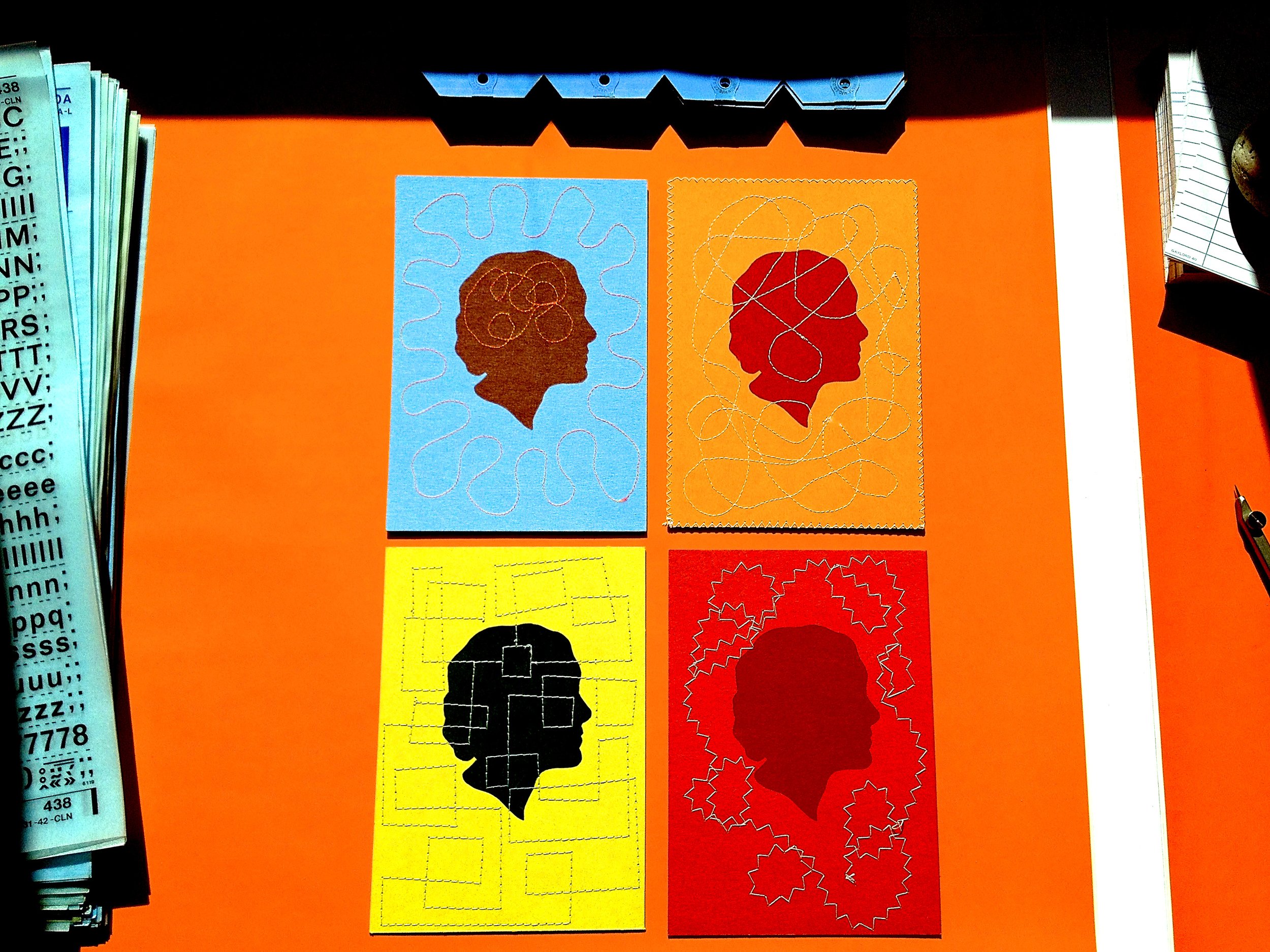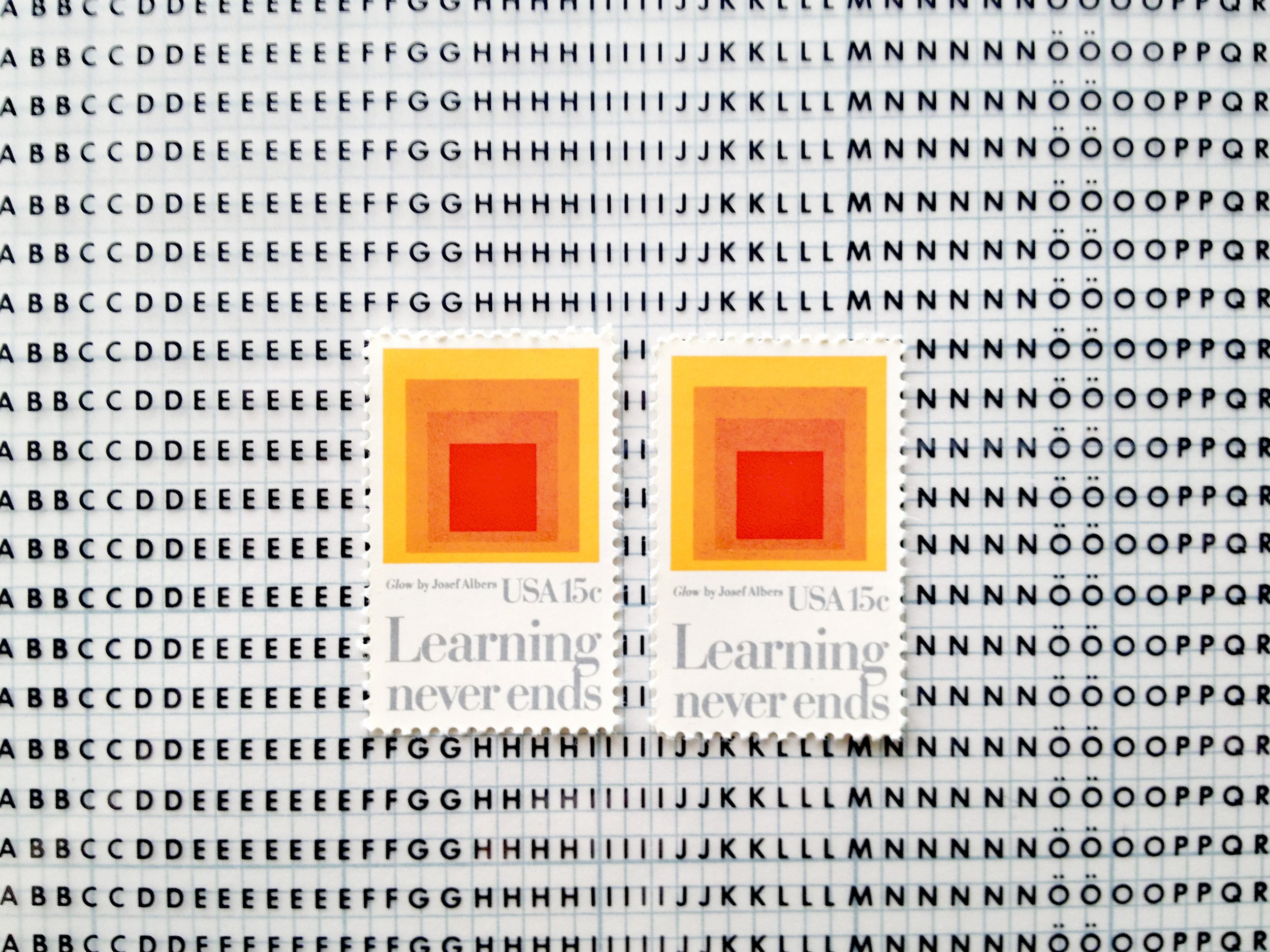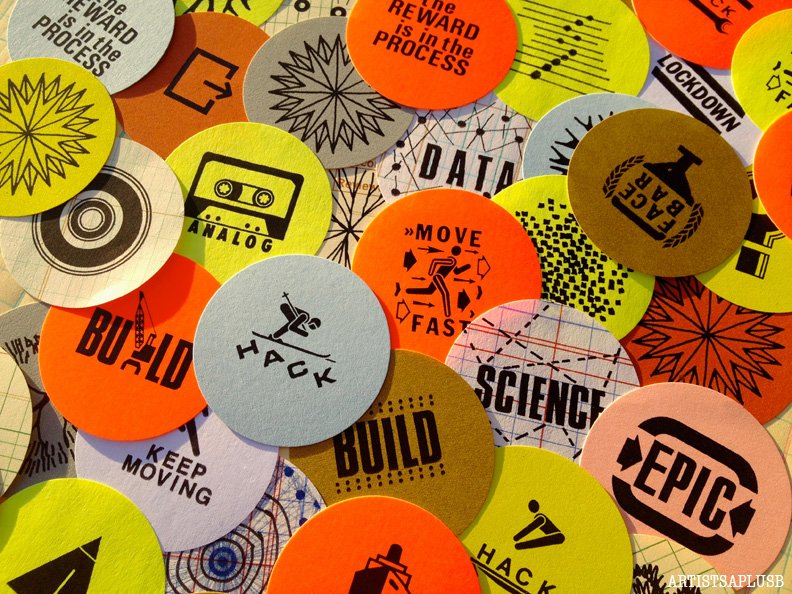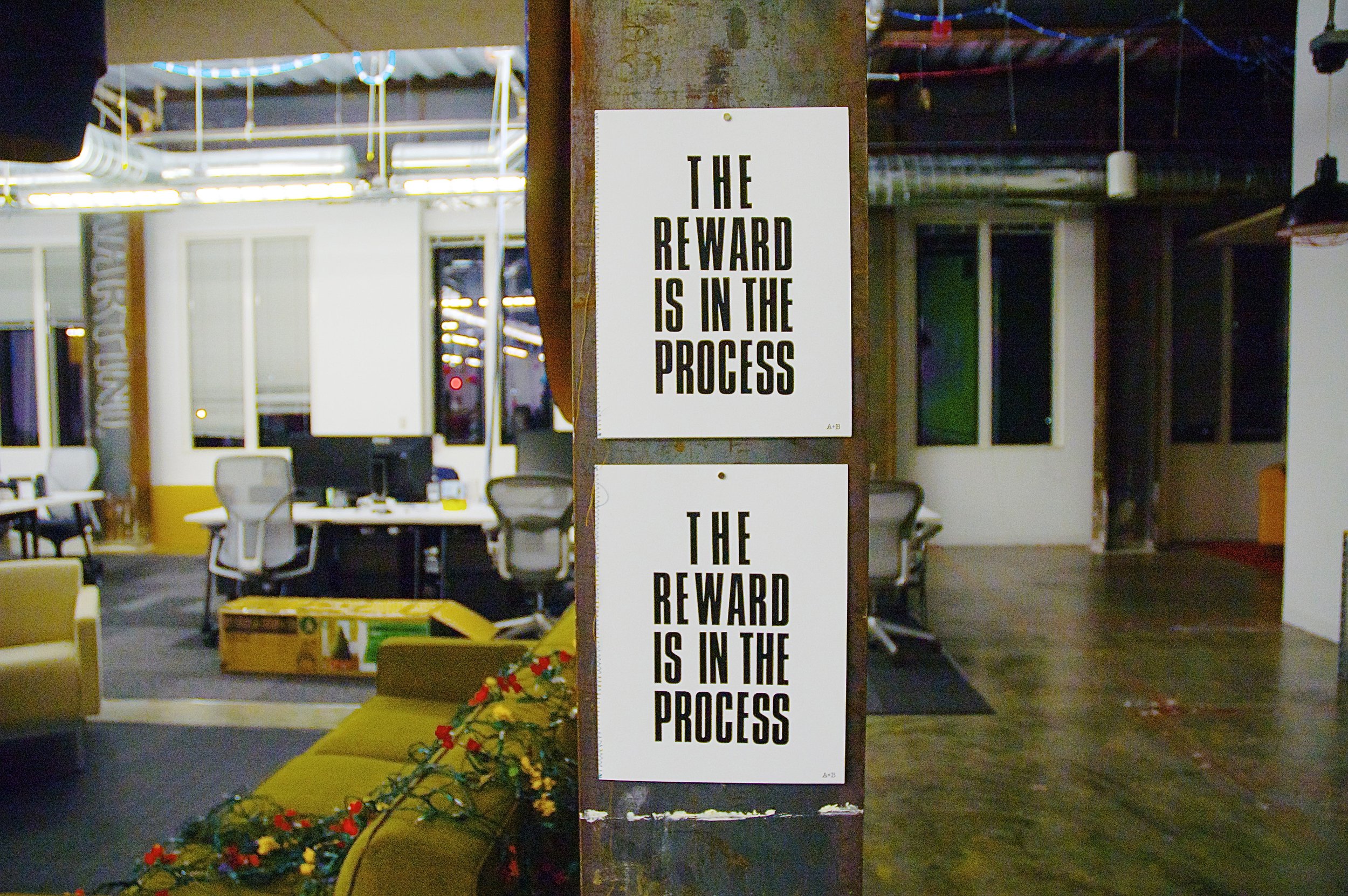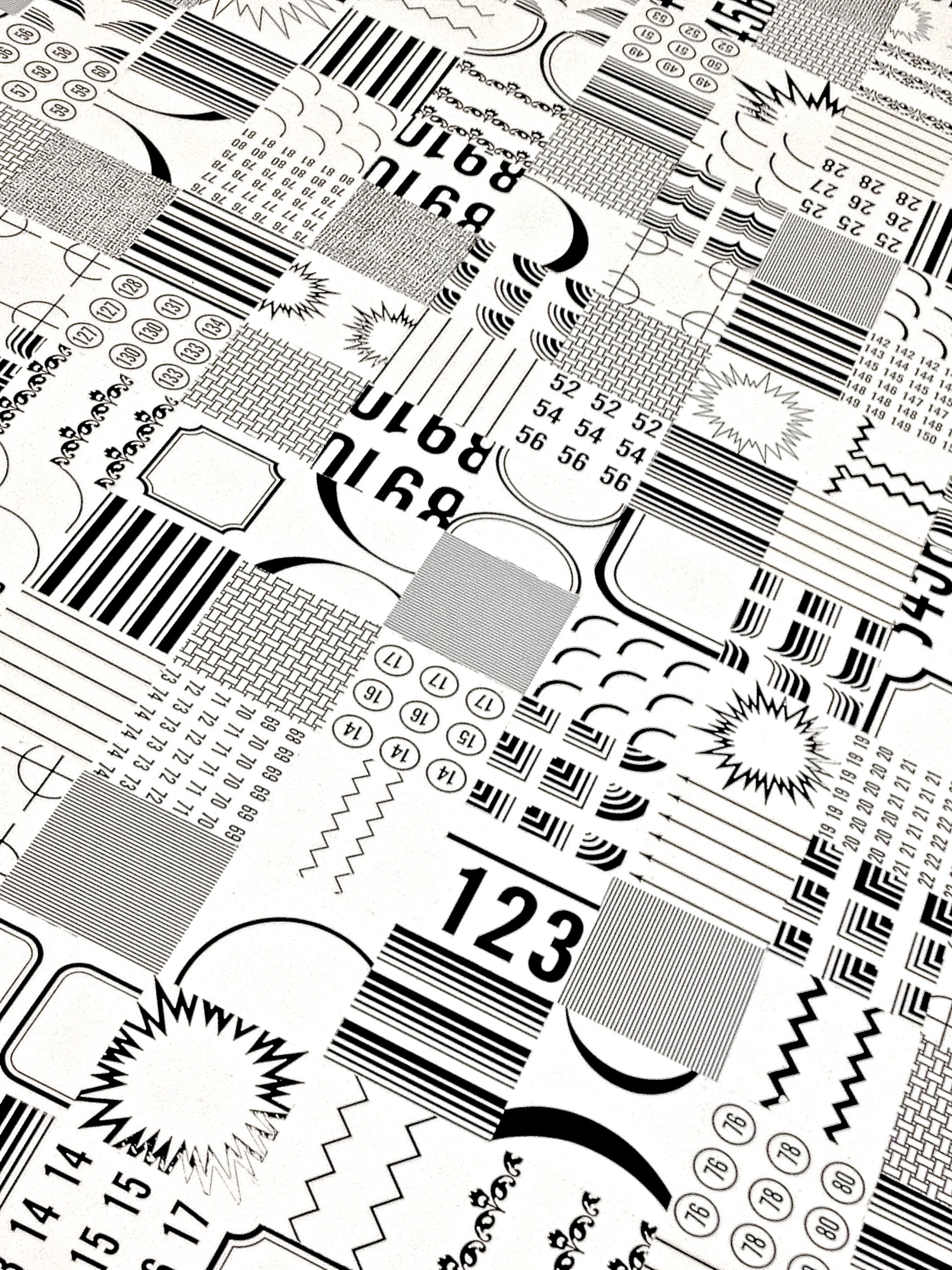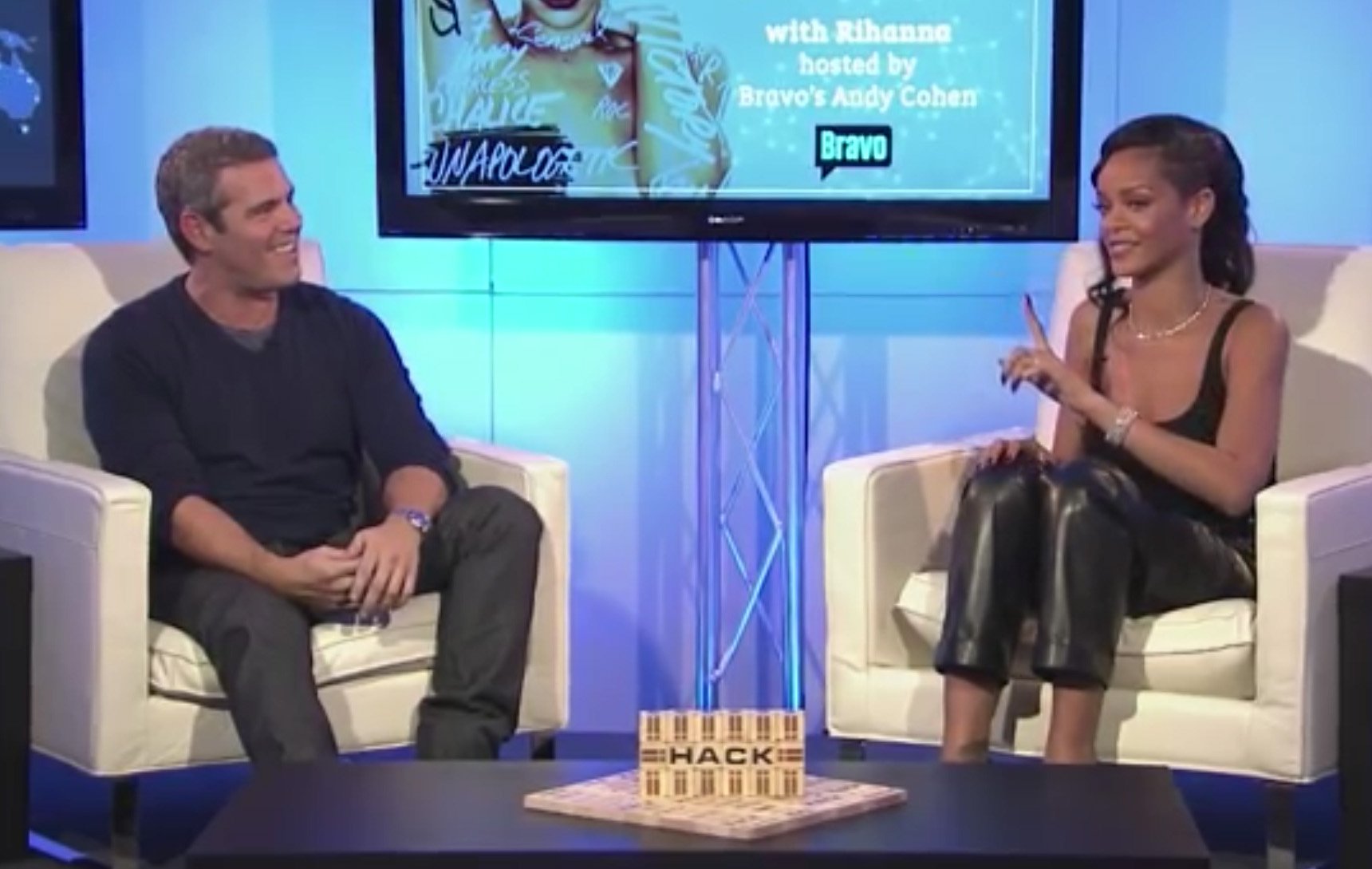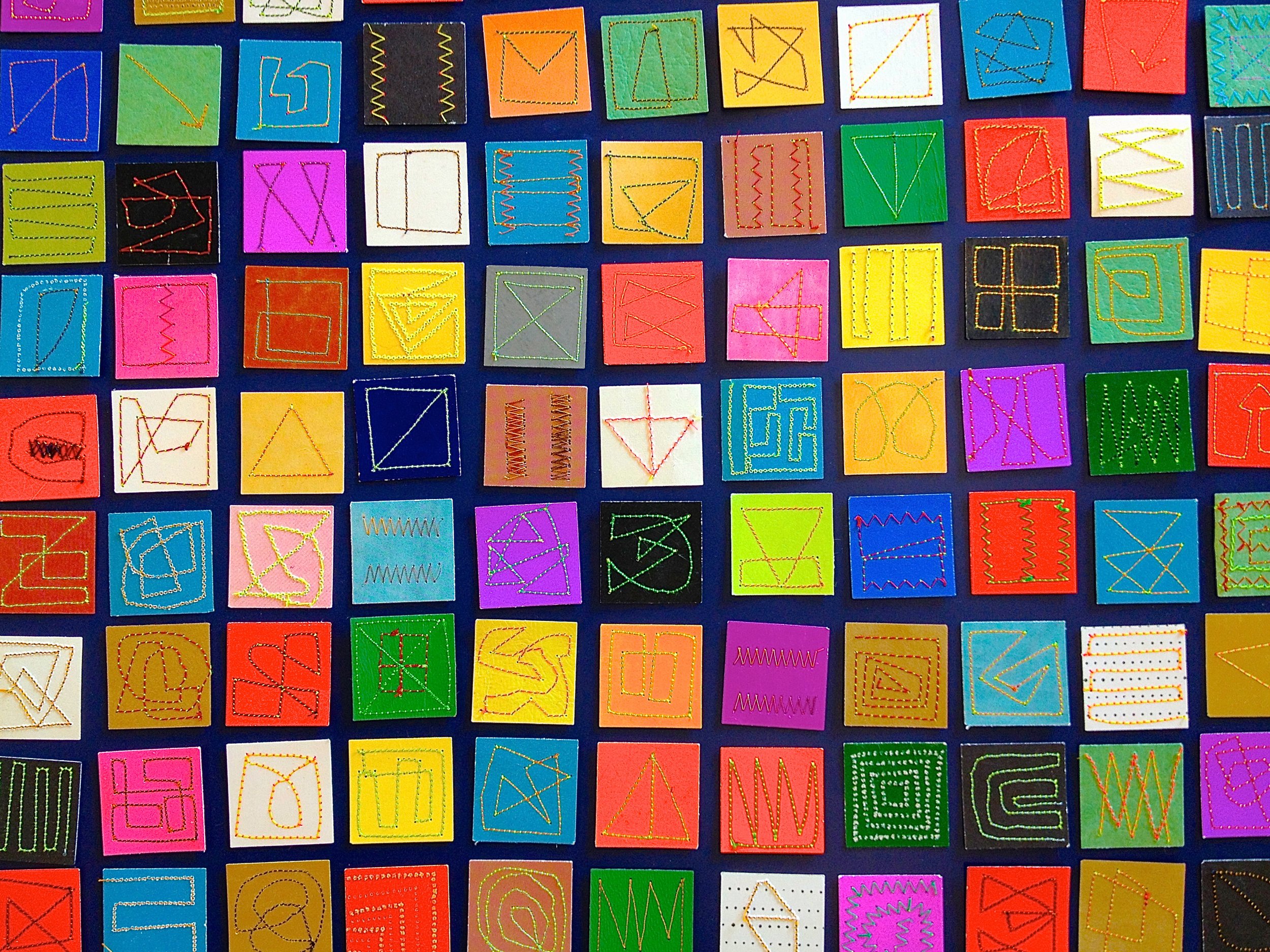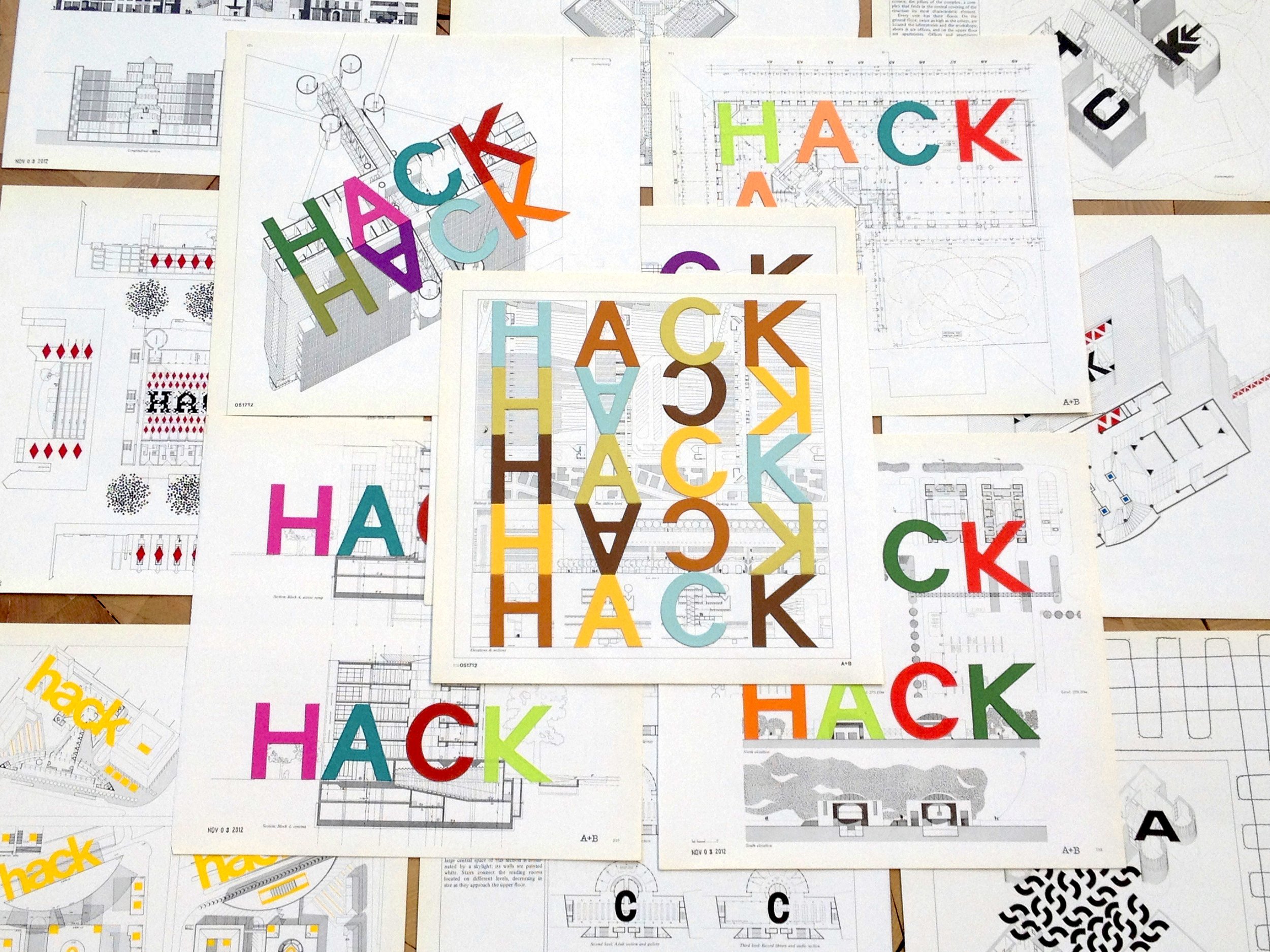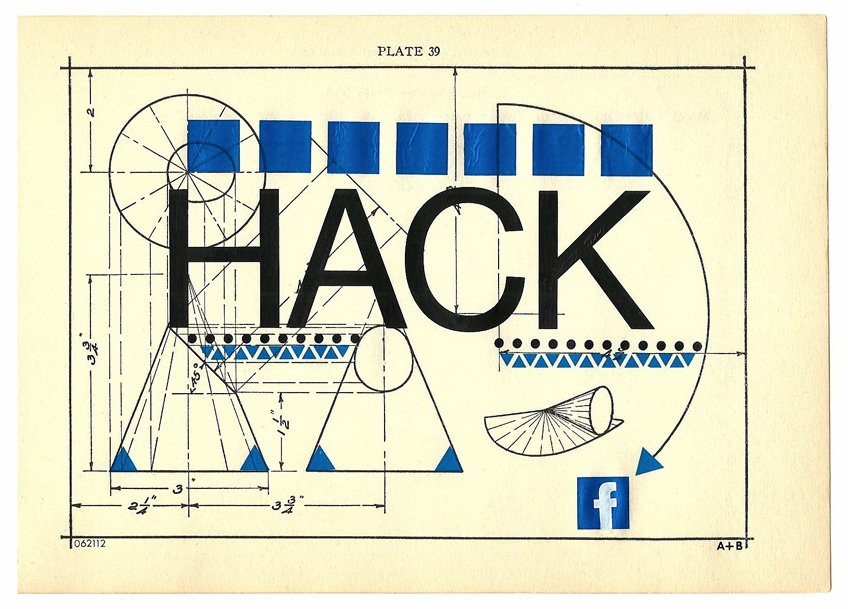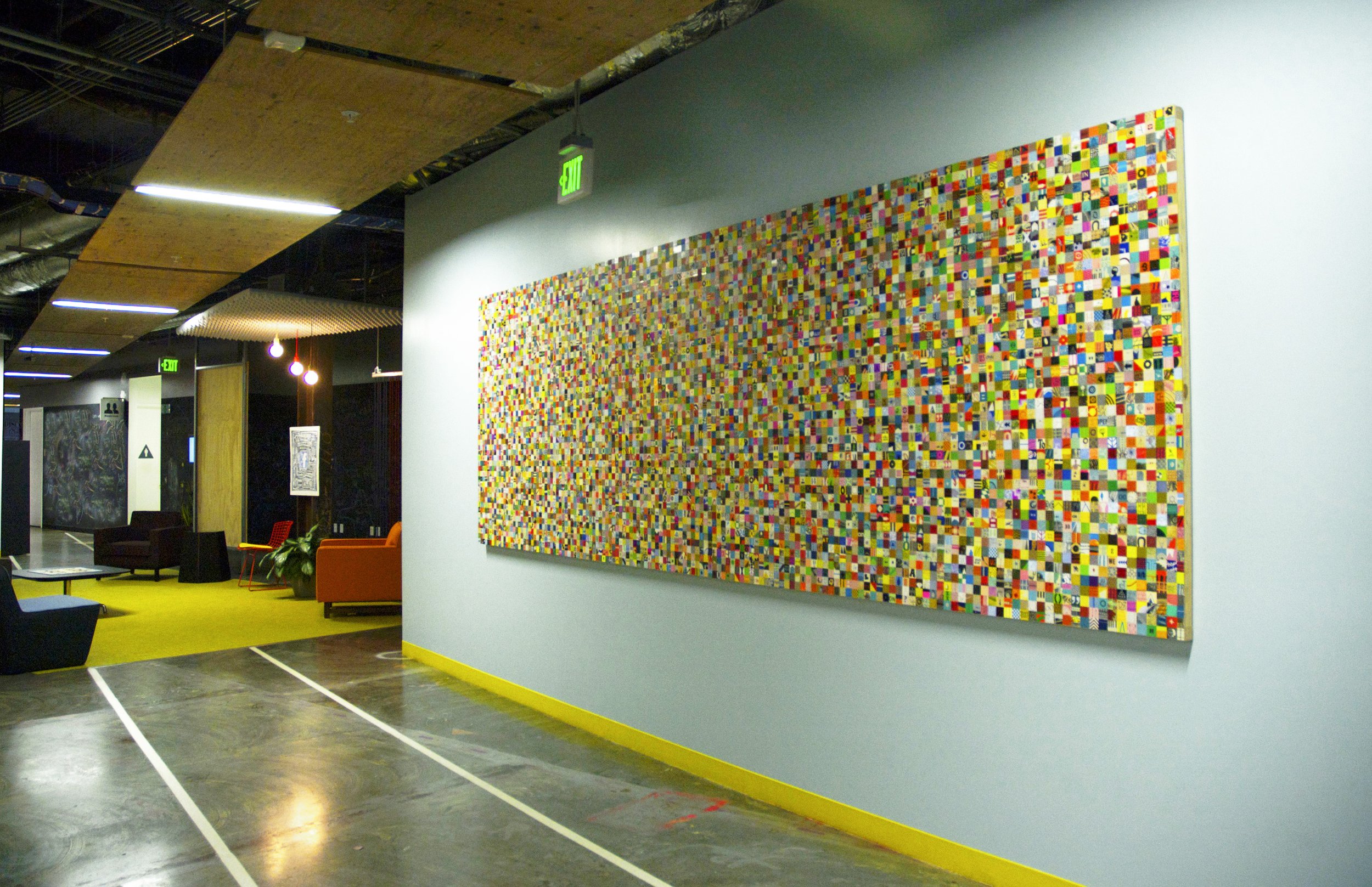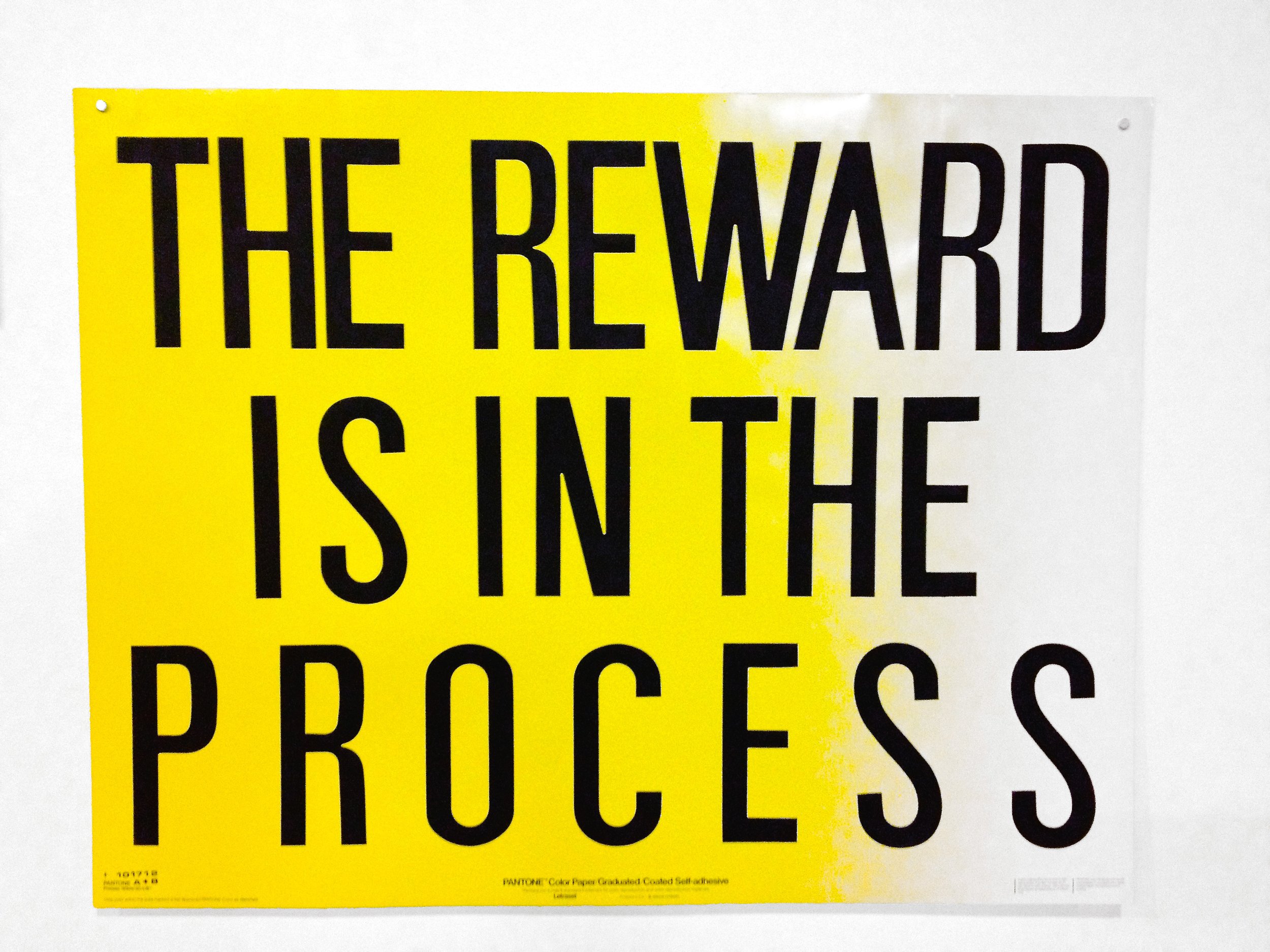We were honored to receive an invitation from the team at WAM to design a commemorative emblem marking the museum’s 90th anniversary. From the outset, our intent was to create a visually striking and richly layered piece—one that encapsulates the depth and vibrancy of WAM’s renowned collection of American art. Drawing from the museum’s visual language, we composed a tapestry of intricate patterns and iconic silhouettes, evoking the joy, wonder, and historical resonance that define the institution’s enduring legacy.
social sonnet
We were honored to join the Ulrich Homegrown exhibition (January - June 2025) presented in partnership with Harvester Arts—an invitation to create a new work in response to two pieces from the Ulrich Museum’s permanent collection:
🔴 Untitled (Flag) by Barbara Kruger
🔴 Study for Pact by Natalie Frank
Kruger’s declarative questions and Frank’s expressive, layered figures immediately resonated with us. Set against the backdrop of an approaching election, their works echoed themes of power, identity, and tension—concerns that closely mirror our own collaborative practice as twins.
Reimagining the Sonnet as a Visual Form
In response, we turned to the sonnet—not just for its poetic history, but for its structure, rhythm, and inherent doubleness.
We translated the 14-line form into a visual grid: each line, traditionally 10 syllables, became a row of 10 visual cells—creating 280 modules in total. This numeric algorithm became our framework, echoing the architecture of twinship: a shared origin, two distinct voices, bound by one structure.
Constrained by the exhibition’s format (24 inches x 10 feet), we chose unity over division—merging what could have been two twin-sized panels into a single, vertical composition.
Making the Social Sonnet
Our process began with collecting visual language from both source works—selecting colors, punctuation marks, symbols, and words that echoed across Kruger’s bold typographic lines and Frank’s rich figuration.
One question stood out: “WHO?”
It appears in both artists’ work. And it’s a question we’ve been asked all our lives.
"Who’s who?"—sometimes said with curiosity, sometimes with confusion. That repetition became a kind of drumbeat: an insistent call to examine how identity, power, and privilege take shape in everyday life.
We created digital files of every symbol, then hand-painted sheets of Tyvek before cutting each piece with our Cricut machine. Then, line by line, we assembled the piece—gluing, arranging, and sewing each module into place.
A Call to Look Again
The result is the Social Sonnet—a layered visual poem, built through rhythm and repetition.
Each symbol, from punctuation to pictogram, holds multiple meanings—shifting through context and proximity.
This work invites viewers to look again:
To question the systems that structure our world.
Within the Social Sonnet, we explore the tension between belonging and exclusion, care and control, freedom and access, desire and debt.
It is a space where dialogue unfolds—between lines, between us, and between the viewer’s experiences and the histories they inhabit.

FACEBOOK RESIDENCY:
In the fall of 2012, we found ourselves at the forefront of something new—amid the first wave of artists invited to participate in Facebook’s Artists-In-Residence (AIR) Program, hosted by the Analog Research Laboratory in Menlo Park, California. It was an opportunity to dive into the evolving language of interconnectivity, exploring the visual history of communication and the many ways we send, receive, share, and record information.
Our workspace was located in a stairwell alcove in Building 14— that became our makeshift studio and exhibition space—functioning as an open incubator where each day, we generated a constant stream of original work—one-of-a-kind collages, prints, posters, buttons, site-specific installations, and interactive interventions. The process was fluid, experimental, and deeply collaborative.
The largest commission we completed was The Combine, a 15-foot by 5-foot collage constructed from 6,912 individual paper pieces. Inspired by the “Hackers/Makers/Builders” culture we encountered on campus, we layered a rich mix of materials—paper ephemera, hand-stamped patterns, drawings, Letraset, silkscreen, letterpress, Riso and Xerox copies, typewritten text, and even stitched elements using our beloved Bernina sewing machine. Every single piece was hand-punched and glued in place, a meticulous nod to the analog art of cut-and-paste.
At the heart of The Combine was the idea of connection. The structured grid became a playground for interplay—forms, colors, patterns, and text mirrored, doubled, and repeated across the surface. Stripes and lines wove through the composition, evoking corridors and pathways, tunnels and bridges, wires and signals—a visual map of interconnected thought. We designed it to be interactive in its own way, inviting the viewer to discover new meanings with each glance, forging their own connections within the collage’s intricate network.
For us, this residency wasn’t just about creating art—it was about sparking conversations, bridging ideas, and immersing ourselves in the shared energy of innovation. And in that stairwell alcove, amidst paper scraps and ink-stained hands, we became part of a larger, ever-expanding dialogue—one that continues to unfold with every new set of eyes that encounters our work.




